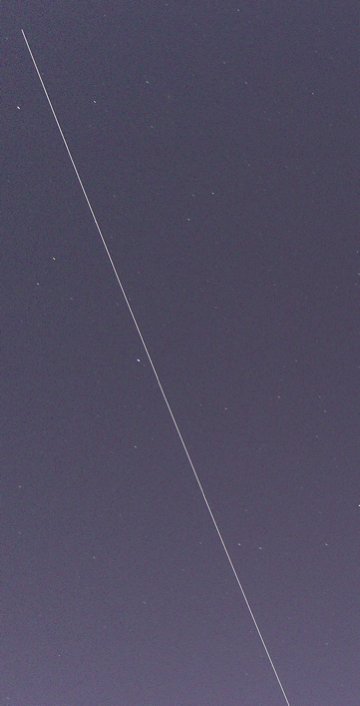Earlier in the year, I covered the space teams that said they planned to launch for the X Prize — the $10 million purse offered for the first privately financed space launch. Burt Rutan’s SpaceShipOne won the prize in October, and was the only team to try a launch. A group in Toronto, which came to be known as The GoldenPalace.com Space Program Powered by the da Vinci Project (the name of the volunteer effort tacked onto the name of their online-casino sponsor), got itself lots of media attention by declaring it would try to beat Rutan’s group to the punch. To be more accurate, it was the da Vinci Project’s leader, astronaut, and chief spokesman, Brian Feeney, who promised a launch.
Common sense suggested it was a long shot: Feeney’s team, which envisions launching its manned rocket from a balloon floating 15 or 16 miles above the prairie of western Saskatchewan, set its first X Prize launch for Oct. 2 without ever flight-testing its gear. Feeney would just climb into his capsule, light the rocket, and see what happened (the plan was to fly to 100 or 110 kilometers, then parachute back to the wide open spaces below; GoldenPalace.com also wants Feeney to play some sort of casino game loaded on a laptop in the capsule). The apparent lack of preparation aside, Feeney was always adamant: all sorts of computer modeling had been done, safety was assured, and no one outside the project could possibly know the state of readiness. Da Vinci would make its launch date; just wait and see.
In late September, Feeney backed off his October 2 launch date because da Vinci’s vehicle wasn’t ready. SpaceShipOne made its X Prize-winning flight on Oct. 4. Feeney was in the crowd of spectators at Mojave, still insisting he’d fly before the end of October. But his ship still wasn’t ready, and the launch was rescheduled for an indefinite date before the end of the year. Which brings us to today, in late November.
Now, Canadian media outlets (the CBC and the Globe and Mail, for instance) are reporting that the da Vinci project is putting off its first launch until January. This time the upcoming holidays are to blame: "Over the holidays some people become extremely available and other people become totally unavailable. Although we are planning for an unmanned test flight, we still need a lot of logistical support."
Just a minute: unmanned test flight? Feeney used to talk about a full-on test of the launch system as though it were a frill and dismiss those who suggested at least one test flight was needed as if they were killjoys, people without a sense of adventure or imagination or who were tied to the tired old NASA way of doing things. OK, now he says there will be a test flight; he says it will go up by late January, with a manned flight to follow in the spring. Just a hunch: The January test date will be the next thing to go: Feeney’s always insisted that weather — cold, wind, whatever — is no factor for the da Vinci launch. He’ll think better of that when faced with reality.
The best da Vinci Project tidbit in the Canadian papers right now comes from Andy Ogle of the Edmonton Journal. He’s got a story speculating that Feeney’s historic flight, whenever it occurs, will carry a 10-year-old grilled-cheese sandwich upon which some see the image of the Virgin Mary.



